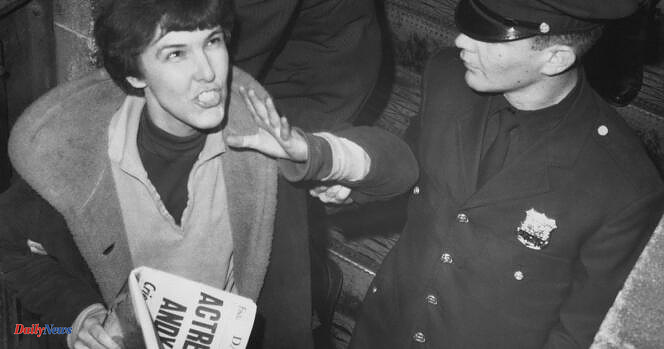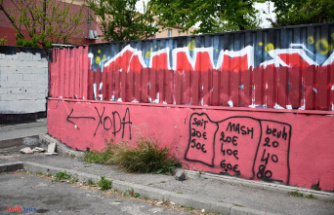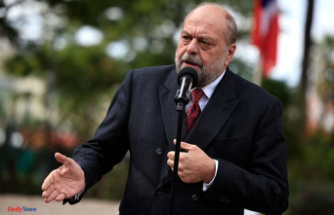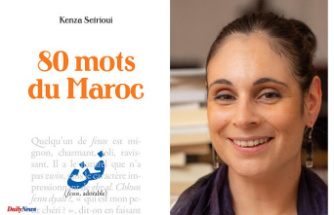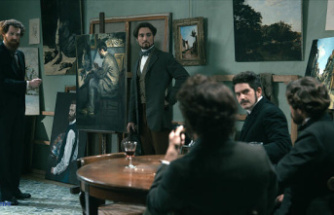On June 3, 1968, Valerie Solanas (1936-1988) shot Andy Warhol (1928-1987). The pop art pope, declared clinically dead, survives, but he will have lifelong aftereffects and scars which will be immortalized by the lens of photographer Richard Avedon. His companion, Mario Amaya (1933-1986), was hit by two bullets.
The day after this assassination attempt, the public discovered Solanas' face in the newspapers: a young woman with short hair, a closed face who stared at the camera with a gaze charged with intensity. To the police, she told the police that she was a writer, that she did not live anywhere and that she did not regret her actions. She talks about her motive: she suspects Andy Warhol of wanting to appropriate her work. He who had her play “for 20 dollars” in a single film, refused to produce her play Up Your Ass (“In your ass”) and did not return her manuscript.
We discover that she wrote another text, sulfurous, SCUM Manifesto (the acronym for Society for Cutting Up Men), which Solanas sold at auction in the streets of Greenwich Village, in New York: $1 for women, $2.50 for men. After Warhol's attack, Maurice Girodias, the founder of Olympia Press, published it opportunely (without ever paying Solanas a cent), making it accessible to as many people as possible. In this manifesto written in a language full of rage (and humor), Solanas announces a project: she calls for the elimination of all men. All.
To understand her gesture and the violence of this book, which has become cult for generations of feminists, the author and director Ovidie (Tu Enfanteras dans la Pain, in 2019, Le Procès du 36, in 2022) looks back on the life of this woman in a gripping documentary, I Shot Andy Warhol.
A shattered life
Actress Jehnny Beth lends her voice to the writer, who recounts her story from her birth on the shores of the Atlantic Ocean to her horrific end in a San Francisco hotel room in April 1988. archives and testimonies, notably those of her biographer, her friends Jeremiah Newton and Ben Morea (men she promises to spare) or the feminist Ti-Grace Atkinson, Ovidie's film describes a shattered life marked by incest, physical violence, rape, sexism, prostitution and, later, after Warhol, by medical abuse, including a hysterectomy undergone against her will at Bellevue Hospital in New York.
As the life of Valerie Solanas unfolds before the viewer's gaze, the numerous extracts from her work, read by the Prosopopée Company, soon reveal themselves as the scream of a woman pushed to the limit by the violence exercised by men. “A special kind of Midas: everything they touch turns to shit,” wrote Solanas. Her friends are clear: she wasn't joking, she really wanted to kill men, she hated them.
Ovidie does not judge her, she does not shy away from her rage and her terrifying paranoia which exhausted everyone around her, even the feminists who tried to support her. His biographer, Breanne Fahs, has this sentence, when she discusses Solanas’ psychiatric internment at Bellevue Hospital: “We must not forget that the most severe forms of psychoses are born from reality. » This is what Ovidie’s documentary tells, with great sensitivity and intelligence.

